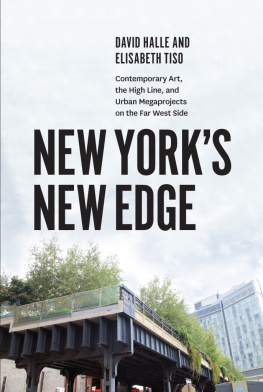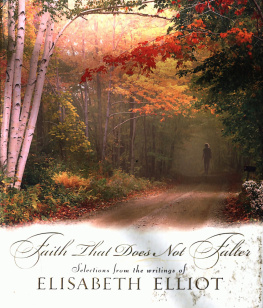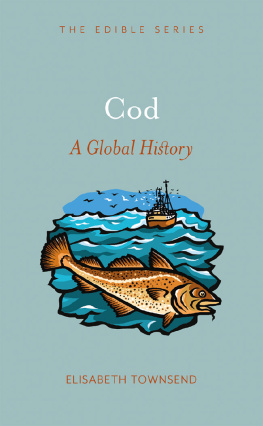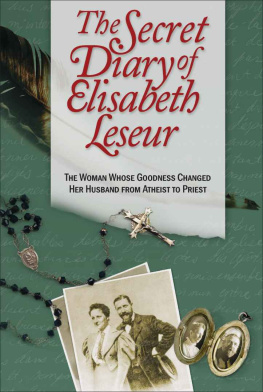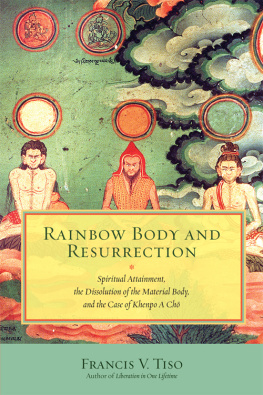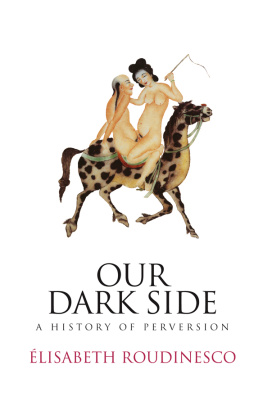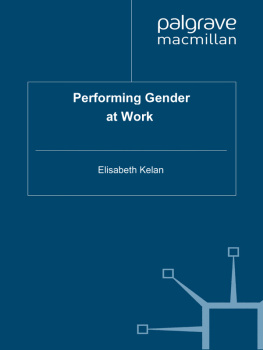NEW YORKS NEW EDGE
NEW YORKS NEW EDGE
Contemporary Art, the High Line, and Urban Megaprojects on the Far West Side
DAVID HALLE AND ELISABETH TISO
THE UNIVERSITY OF CHICAGO PRESS
CHICAGO AND LONDON
D AVID H ALLE is professor of sociology at the University of California, Los Angeles, and director of the summer travel program UCLA in New York: Cities and Cultures. He is also an adjunct professor at the City University of New Yorks Graduate Center and School of Professional Studies and the author of Americas Working Man and Inside Culture, also published by the University of Chicago Press. E LISABETH T ISO is an art historian who has taught at Parsons, Fordham University, and UCLA in New York. She has published reviews and articles on contemporary art and architecture in Art in America, ArtNews Magazine, Parole geles, and other academic publications.
The University of Chicago Press, Chicago 60637
The University of Chicago Press, Ltd., London
2014 by The University of Chicago
All rights reserved. Published 2014.
Printed in the United States of America
23 22 21 20 19 18 17 16 15 14 1 2 3 4 5
ISBN -13: 978-0-226-03240-5 (cloth)
ISBN -13: 978-0-226-03254-2 (e-book)
DOI : 10.7208/chicago/9780226032542.001.0001
Library of Congress Cataloging-in-Publication Data
Halle, David, author.
New Yorks new edge : contemporary art, the High Line, and urban megaprojects on the far West Side / David Halle and Elisabeth Tiso.
pages cm
Includes bibliographical references and index.
ISBN 978-0-226-03240-5 (cloth : alkaline paper) ISBN 978-0-226-03254-2 (e-book) 1. Urban renewalNew York (State)New York. 2. Historic districtsNew York (State)New York. 3. West Side (New York, N.Y.) 4. Chelsea (Manhattan, New York, N.Y.) 5. Chelsea Historic District (New York, N.Y.) 6. High Line (New York, N.Y. : Park) 7. Gansevoort Market Historic District (New York, N.Y.) 8. Jacob K. Javits Convention Center (New York, N.Y.) 9. Moynihan Station (New York, N.Y.) 10. Hudson Yards Development Corporation. I. Tiso, Elisabeth, author. II. Title.
HT 177. N 5 H 35 2014
307.3'416097471dc23
2013048753
A UCLA Senate grant helped support this books publication.
This paper meets the requirements of ANSI / NISO Z 39.481992 (Permanence of Paper).
To Louise and Philip, our spouses, with love and gratitude
CONTENTS
Our thanks to Rick Bell, Andrew Beveridge, Michelle Bogart, Robert Boyle, Peg Breen, Vishaan Chakrabarti, J. Lee Compton, Paula Cooper, Joseph Dixon, Jameson Doig, Nancy Foner, Gagosian Gallery, Barbara Gladstone, Marcela Gonzalez, Jack Gray, Paul Haacke, Carla and Malcolm Halle, Jo Hamilton, Douglas Heller, Kira Hwang, James Jasper, Phil Kasinitz, William Kornblum, Wilfredo Lugo, Raju Mann, Miles Manning, Matthew Marks, Julian and Gabriel Mathews, Philip Mirrer-Singer, Florent Morellet, Peter Mullan, Michael Navas, Joann Milano Neal, Kenneth Laurence Neal, Jean-Daniel Noland, Martin Novar, Bob Qu, Damu Radheshwar, Joe Restuccia, Linda Schapiro, Silas Seandel, George Sweeting, Robert Tierney, Camilo Vergara, Kathryn Wylde, and David Zwirner Gallery.
Developing New Yorks Far West Side: Contemporary Art, the High Line, Megaprojects, and Urban Growth
New York has always been a city characterized by the new and innovative. This book is about the Far West Side of Manhattan, the latest frontier for no fewer than three kinds of urban and cultural developments (fig. i.1).
First, Chelsea became the largest Contemporary Art commercial art gallery district in the world. Second, a pair of iconic preservation projects turned the High Line, a disused above-ground rail line, into the citys most visited park per acre just three years after it opened in 2009 (attracting 4.4 million visitors in 2012) and created the Gansevoort Market Historic District (in 2003), which, ironically, then attracted one of the most lavish nightclub scenes in the world and helped persuade Google to set up its East Coast headquarters just to the north.
The third kind of Far West Side development is a series of megaprojects, including a plan for the Hudson Yards, the largest unbuilt site in Manhattan, to become the countrys biggest and densest real estate development (12 million square feet), and for the broader Hudson Yards area to generate 50 percent (24 million square feet) of all the new office space projected for the city by 2040. Other Far West Side megaprojects include two mass-transit projects. The first of these, the extension of the number 7 subway line to 11th Avenue and 34th Street, is on track to open in 2014 just nine years after it began construction, a stunning success in a city that these days finds it hugely difficult to build new subway lines. The second mass-transit project, expanding capacity at Penn Station, the busiest train station in the country, remains mired in problems and so far is a stunning failureefforts to achieve it have been ongoing since 1992. The contrast between the fates of these two Far West Side mass-transit projects is a lesson in why megaprojects in New York are difficult to achieve and what is needed to pull them off.
Fig. I.1. The Far West Side: Chelsea gallery district, megaprojects, and preservation projects, including the High Line and the Meat Market.
Each of these three kinds of developmentsChelseas dominant art gallery district, iconic historic preservation projects, and megaprojectsraises critical issues about how to foster urban growth while limiting growths negative consequences and avoiding mistakes of the past. Each too, when carefully examined, explodes some key myths whose false underpinnings mostly only appear in a detailed account, which is a central justification for the case studies in this book.
New Yorks mayor, Bill de Blasio, famously made the issues of rising inequality, housing unaffordability, and excessive tax breaks for developers cornerstones of his 2013 election campaign. Case studies such as those in this book are the only way to properly evaluate such central issues, which are quite complex. The Hudson Yards in particular is a lesson in the difficulties of drawing too simple conclusions.
Fig. I.2. Whitney Museum of American Arts new contemporary and modern art building, designed by Renzo Piano, next to the High Line in the Meat Market. Courtesy Whitney Museum and Offices of Renzo Piano.
The developments on which we focus are interconnected in fascinating ways, and cannot be fully understood unless considered in relation to each other. For instance, they are all located in, or on the edge of, the area known as the Far West Side of Manhattan, and many are physically intermingled. The High Line actually runs through almost all of them. Further, they affected each other in numerous, sometime surprising, ways. For example the opening of the High Lines first section in 2009 and its second section in 2011 (section 3 at the Hudson Railyards is currently being built) boosted Chelseas art gallery district just when the art market was sagging from the financial and economic crisis that started in 2007, and it also helped attract the Whitney Museum of American Art to move from Manhattans Upper East Side down to the High Lines entrance in the Meat Market by 2015 (fig. i.2), all of which helped Chelseas gallery district fend off a challenge from the Lower East Sides growing commercial gallery district. Such outcomes also underline the important role that nonprofit organizations (e.g., the High Line, the Whitney) often play in American cultural development and planning.

